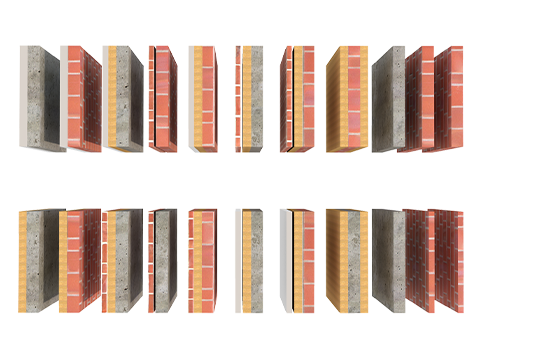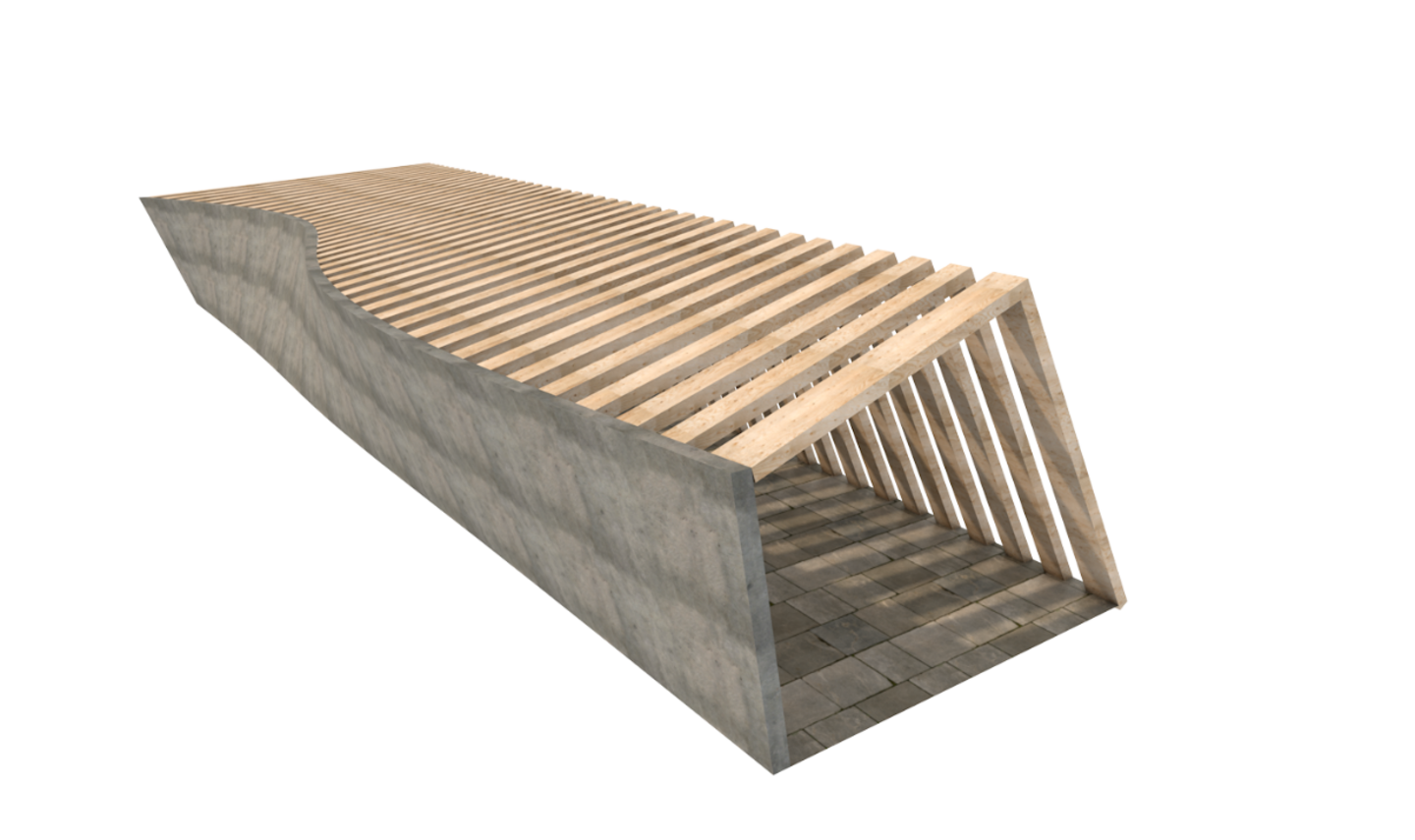

The following parameters are displayed:ĭefines the orientation of the first step based on the unit circle.ĭefines the delta angle between the front edge of the bottom step and the rear edge of the top step.Points for line of travel: points 1 (bottom) through 4 (top) If this option is not selected, existing elements will be ignored.

To do this, click the element you want to use. Tip: If the Polygonize elements check box is selected in the Input Options, you can also use existing elements for the line of travel (circles, ellipses, for example).
Now place points for the line of travel using the polyline entry tools. To finish defining the outline, click the first point again or press ESC. The line can be drawn only at specific angles.ĭefine the cursor snap angle here (only possible when is turned on). The line can be drawn only at right angles to the current system angle. Optimizing the elements of GeoC would decrease its cost and thus promote a green circular economy.The dialog line provides the following tools and options, helping you draw lines and polylines. GeoC is strongly contribute into 12 SDGs of the main 17 SDGs. Such GeoC is a good candidate to traditional concrete and some other building materials. An eco-friendly, sustainable, structurally sound GeoC matrixes can be developed from numerous industrial, municipal, and agricultural wastes. The last part discusses the implementation of different wastes to develop GeoC–based circular economy to provide recommendations and prospects for GeoC science and technology. The second part discusses in detail the contributions of GeoC to the sustainable development goals (SDGs) stated by the United Nations. The first part of this study explores the recent synthesis processes, different precursors, and applications of geopolymer concrete (GeoC) in numerous sectors as well as the mechanical, microstructural, and physical related characteristics of GeoC developed from various wastes. 
Hence, This review follows the Preferred Reporting Items for Systematic Reviews (PRISMA) investigated in detail GeoC. Although there are numerous studies on geopolymer, little attention was focused on geopolymer concrete (GeoC). Geopolymers gained increasing attention because of their eco-friendly and superior mechanical characteristics and their ability to utilize numerous wastes as precursors. The environmental and financial aspects of sustainable development and circular economy strongly depend on the recycling of wastes into new products. Environmental degradation and increased greenhouse gas emissions force communities to achieve sustainable green building and construction materials.







 0 kommentar(er)
0 kommentar(er)
